The current water crisis is, perhaps, one of the most visible impacts of climate change globally, with many regions in India struggling to access clean water. Shockingly, as per reports, India’s per capita availability of water has reduced by 75 per cent from 1947 to 2021, plummeting from 6,042 cubic meters to 1,486 cubic meters.In response, organisations like Aquakraft are leveraging technology to combat the current water crisis in India, working on activities such as water treatment, sanitation, setting up water ATMs, among others.
In this interview with TheCSRUniverse, Dr. Subramanya Kusnur, Founder of Aquakraft, discusses the efforts and challenges of fighting the water crisis in India. He believes that the root problem is not the lack of awareness, but the absence of stringent policies and the general attitude of taking water for granted. He also stresses the importance of collective action in addressing the current crisis, and how children can become the agents of transformative social change.
Read the excerpts from the interview below:
Q. Tell us about the various initiatives undertaken by your foundation to counterpoise the current water crisis?
A. The last two decades have seen factoids emerging here and there about the imminent water crisis the world has been facing, yet no definitive call for action has been taken. We have been advocating water sustainability since our inception in 2010 much before the UN Right to Water and the UN SDGs, as we felt it imperative to do so. The problem being so monolithic and the stakeholders not scaling up the action, we thought it would be important to build sustainable models as benchmarks, showcase them and extrapolate the success stories across creating sustainable impact.
Q. Reports suggest that India’s annual per capita availability of water has declined by 75%. What are the primary factors behind this? Apart from changing weather patterns, are public encroachments of water bodies also responsible for this issue?
A. Water is a flow of nature. Any obstruction to this natural process, may it be public encroachments or others will create imbalances. One of the key factors is the unregulated use of water and excessive use of ground water without replenishment. There is very limited relativity to the demand and supply leading to severe inequalities. Added to this climate challenges and natural force majeures are actively contributing to the imbalance. Given all these factors, managing water by properly accounting and monitoring use and efficiency is imminent before it is too late.
Q. Your water treatment facility offers water ATMs. How many such ATMs have you set up across India? Also, in how many cities/villages do you have operations set up?
A. We have set up over 300 Water ATMs across India and have installations in 9 states of India.
Q. Like any other sustainability crisis affecting the world currently, there seems to be a large vacuum when it comes to society’s understanding of an impending water crisis. What is your foundation doing to fill this vacuum?
A. Drawing an analogy with “oil” where the oil pool deficit is monitored and managed closely, why is there a lackadaisical approach towards water? The basic reason is that despite knowledge of the impending crisis, water is taken for granted. While regulation, policy,and forcing functions need to be devised, enforcement of the same should be stringent. Having said that, actionable advocacy will play a very important role in behavioural change. To this effect we are running aninfluencer program called “Jal Pe Charcha”, which mainly focuses on advocating the cause of water sustainability amongst children as we feel that they are best agents for social transformation. Also, they are responsible for the future and with 40% of India’s population undergoing education, it is important them to secure water for their future. A shift in mindset towards sensitivity of water scarcity is the only way to bridge this vacuum.
Q. As an organisation working on addressing the water crisis, what are the main challenges that you face on the ground? Do you face any resistance from authorities and the local population while initiating water treatment/sanitation plans?
A. We never faced any major challenges while implementing drinking water and sanitation programs from the local authorities or the community as a detailed stakeholder engagement program precedes the interventions aligning all to the common objective. In fact they are more welcoming when we collaboratively plan the program and implement it with defining the desired outcomes. Any genuine intervention in securing water will never face any challenges.
Q. Which sector is the biggest water polluter and why? What’s the solution?
A. Industries are mass consumers of water who are also big polluters. Fortunately, many industries also become sensitive to the problem and are adopting green and sustainable measures to reduce water pollution. The solution is to have stringent Water Use and efficiency laws enforced effectively.
Q. Does the government provide any support for your initiatives? Are there places where the policies may actually be detrimental?
A. The setting up of the Jal Shakti Ministry has been very encouraging with their policies addressing the core issues associated with Water Management. MNREGA gives the much need feet on the ground locally making project implementation smoother.
Q. Do you liaise with NGOs or other partners for your initiative? Could you highlight some of them for us?
A. NGOs are a significant part of the social sector development as they have the local connect, driven by an objective and believe in collective effort. We have partnered with the Art of Living foundation, who has been rejuvenating water bodies and rivers across India. Having intervened in over 19,000 villages which is actually 3% of India, gives the partnership more power to our collective conviction of restoring the hydrological balance and making India Water+ve by 2030.
Q. There are many corporate organisations that engage in greenwashing in the name of creating environmentally-friendly products/initiatives. What do you think could help offset this issue?
A. It is all about self-regulation and conviction in their approach towards going green. It is like when you are a listed company you want show extraordinary results year on year, but if it is not genuine, the bubble will burst someday. Having said that, one cannot afford doing that with the nature as the result of the bubble bursting will result in climate imbalances leading to force majeure events like floods, droughts, forest fires, cyclone et al, effects of which cannot be undone. The only way to offset this is byensuring that all environment-friendly products or initiatives have a genuine underlying asset.



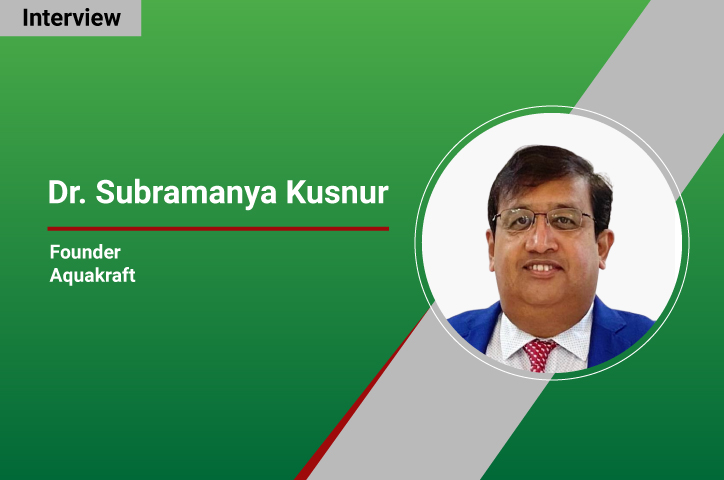
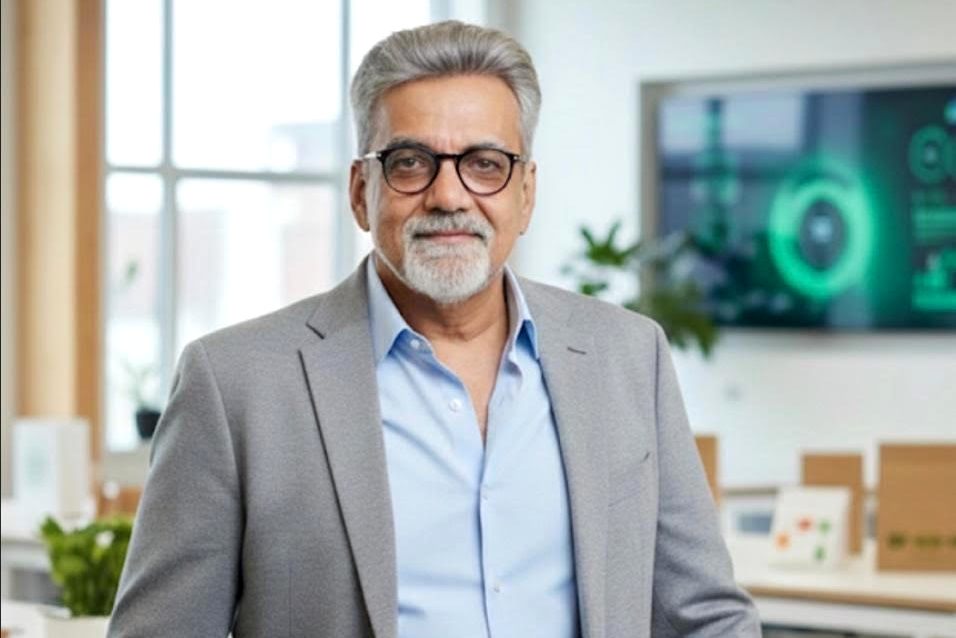


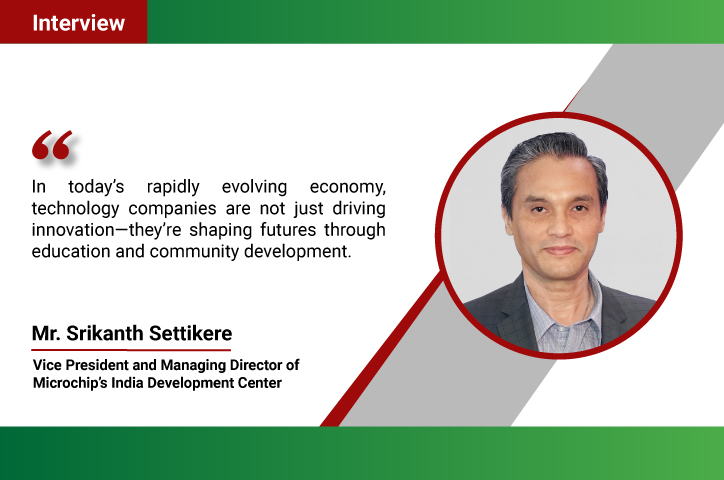
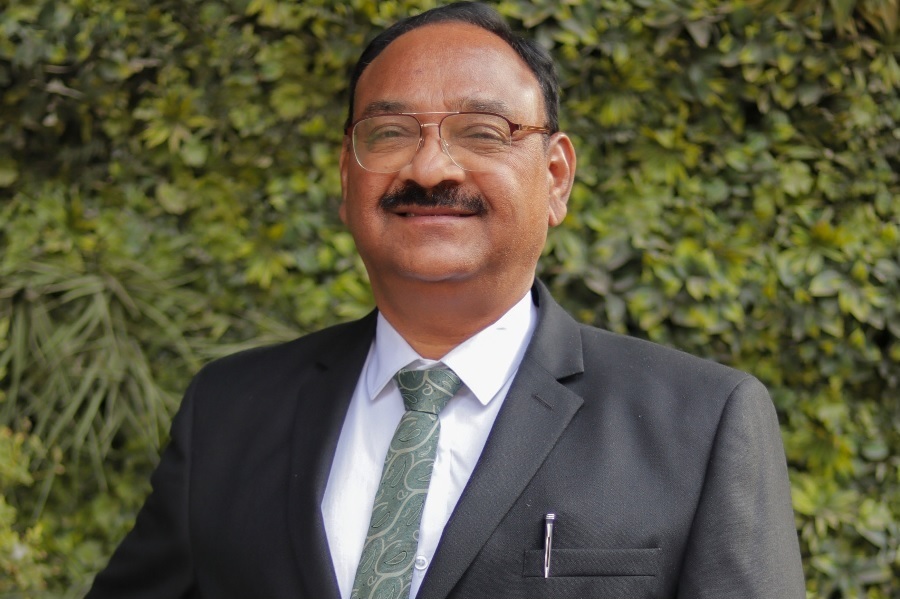
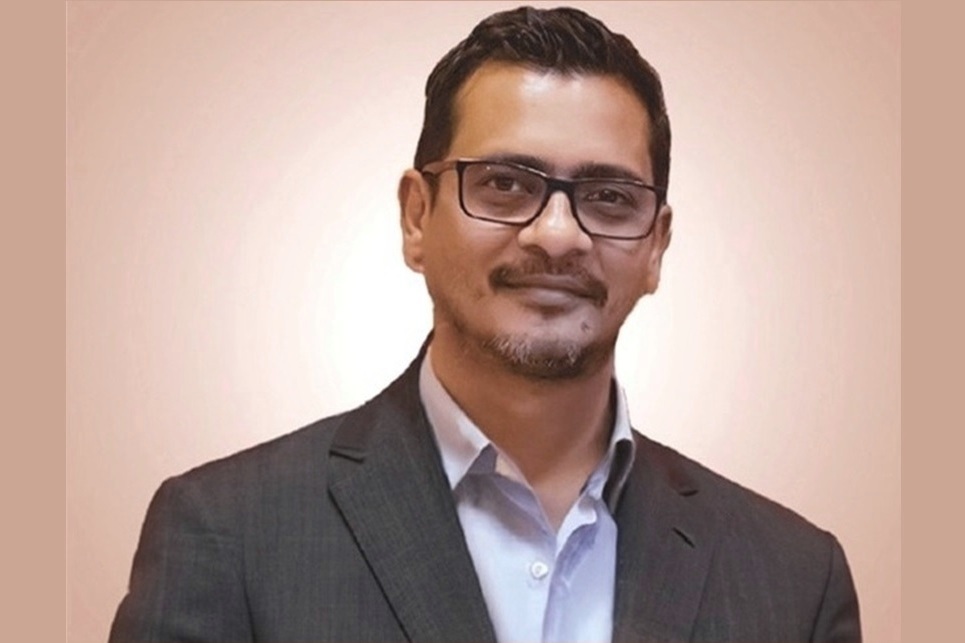

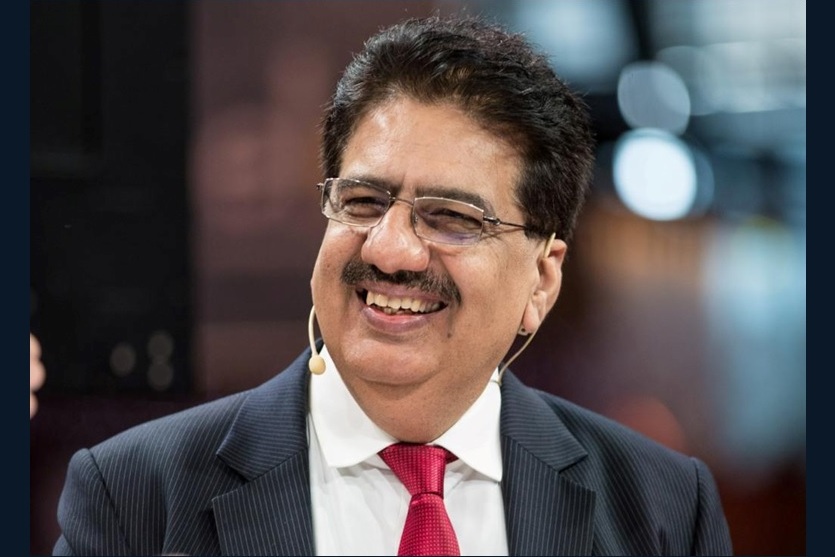

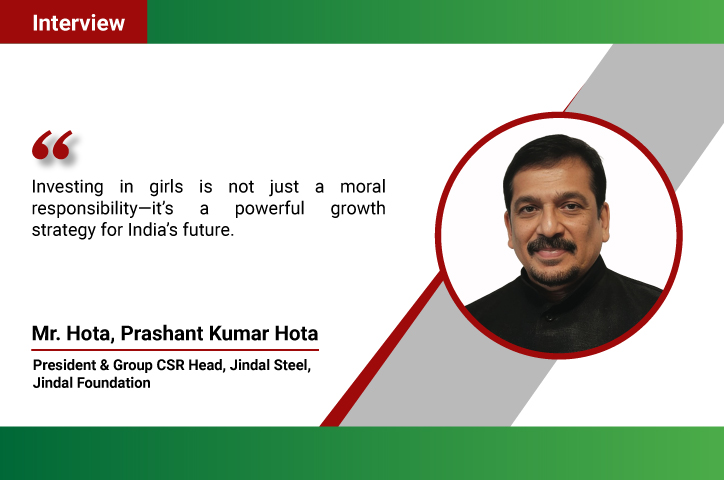


.jpg)




